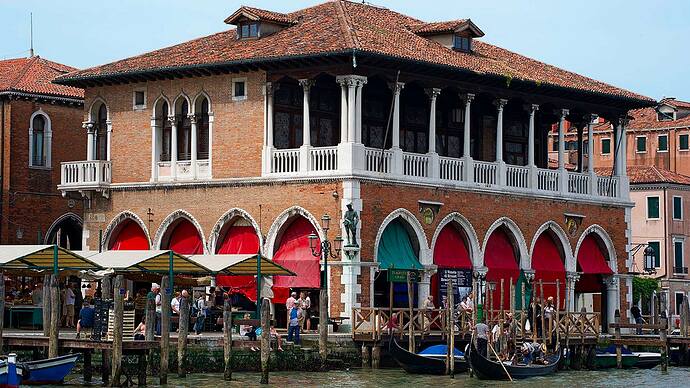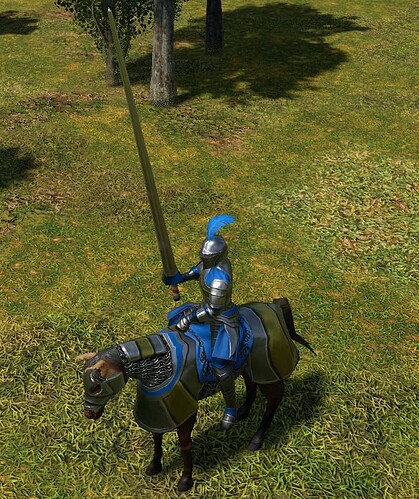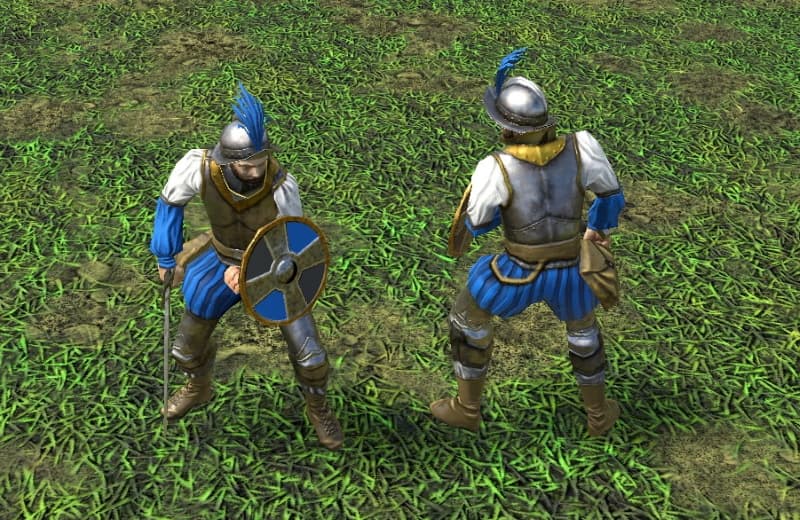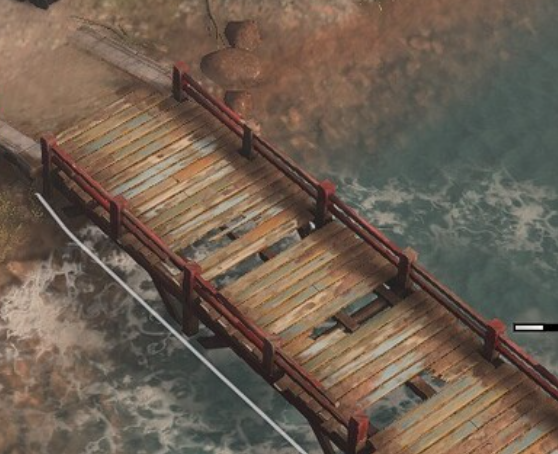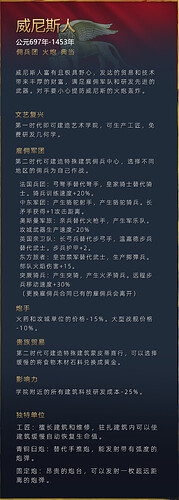A more in-depth analysis of the venetians landmarks:
So as already said, venetian landmarks are in general a bit weaker, and are meant to work combined with the nobles, but they are still useful in their role.
The venetians also can age up saving a bit of resources, which gives them a little bit of flexibility too, or like in the case of the age 2 landmarks, you can click up a little bit later on.
Feudal Age Landmarks:
Dogal Palace:
The dogal palace of which I’m talking about isn’t the one that you can visit nowadays, but an earlier version of it, of when the capital of venetian dux was moved on the island of “riva alta”. This building act as an early for of fortification from the were the doge can protect its citizens thanks to the natural defense of the lagoon.
The landmark can act as either a barrack or a dock. It doesn’t work faster than a normal building, ### #### ########### #### from the ability to adapt to the map.
The landmarks project a large area of effect where all enemy units (both on land and water) inside constantly receives a 40% speed debuff, to represent the difficulty of fighting an aggressive war in a lagoon. This greatly help you defend your base from early raids, especially against cavalry which loses it’s main advantage (especially if pair up with your stronger spearmen). Ram push too are harder, as the enemy needs to be sure to go for the kill, or he wouldn’t be able to retreat.
NOTE: the speed debuff doesn’t apply to the area around the enemy starting TC, so to avoid laming.
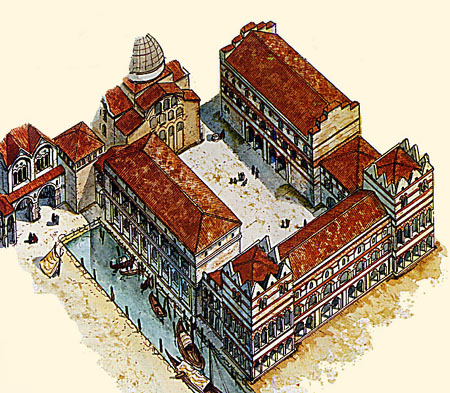
Customhouse Point:
Also called “punta della dogana”, this more than the actual landmark, it’s meat to represent a generic customhouse, as Venice in the early days had several of it.
Venice was a trade power, it was able to impose a monopoly, either by diplomacy or force, of the grain and salt in the whole Adriatic, as all the goods had to exchanged in city of Venice.
The landmarks aim to recreate such power, as it penalize civilizations that want to boom either trough the exchange of resources, or through trade. For the first, the free to buy and sell is increased by a third, so even landmarks like the golden gate are less strong. For the second effect instead it directly tribute you gold when an enemy trader interact with a neutral trade post, it doesn’t penalize him directly, but it make him generate free gold for you, as you gain early 15% of what he would receive.
On top of that, the landmark act as an ordinary market, but it can be placed on the shore to train merchant ships.
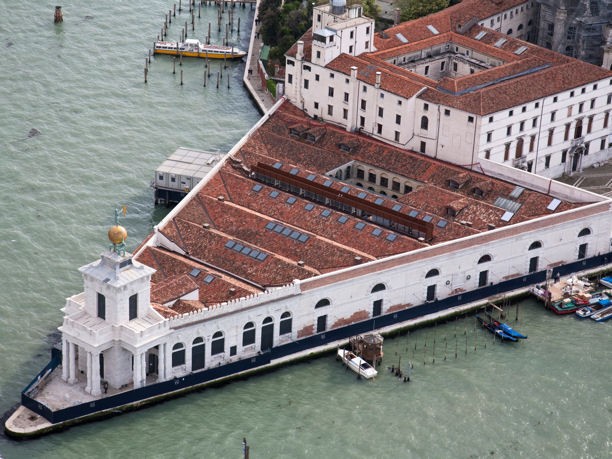
As you can see, both landmarks aren’t particularly strong, but they are suited to counter specific strategy of the opponent. For that reason, the venetian player should carefully scout what the opponent goes for, and then age up a little bit later, in order to choose the correct landmark.
Castle Age Landmarks:
State Mint:
The mint of Venice was more than a simple mint, it was a marketplace for the venetians. Merchants could sell and buy good without having to bring coins with them, they could make transactions and send the material directly to the artisans that make the work, like for the famous glass of Murano.
In the game, the mint act as an emporium for this reason. I won’t go into detail of how the emporium works and how the mint affects it in this post, this is reserved for a later post. For now, it’s enaugh to say that combined with other emporium, the mint allows to invest gold into it, and receive a greater amount of it’s value over time, converted into any other resource, or just in gold
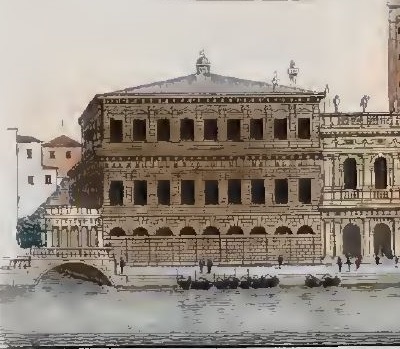
University of Padua:
This is the only landmarks that it doesn’t belong to Venice. The university of Padua had a close relationship with Venice even before the city was under venetian control, as it formed most of its ruling class. Being one of the most ancient universities in the world, and the secomost ancient university in Italy, the university of Padua was one of the first and most prestigious ones, and allows figures like Galileo could teach more freely than in other european cities.
In game, the university of course act as an university, but it’s available an age earlier and have a small discount on the technologies, so to be able to research thdm earlier. Most techs are anyway expensive, so you won’t be able to get them fast, but still it can be a nice advantage.
NOTE: the unique technologies of the venetians aren’t available in age 3, but are restricted to the age 4 even with this landmark.
The castle age landmarks, as you can see, are both designed for the late castle age, as it gives small advantages right after being built. But as the castle age goes on, they become quite powerful, and they can help you close the game without needing to reach imperial age.
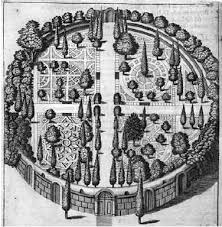
Imperial Age Landmarks:
Arsenal:
The venetian arsenal was a pioneer of its time. It was the first industrial facility controlled by the state for the mass production of ships, and it was capable of building a ship per day. It’s workers lived inside it, and they were also responsible for its defense against coups, espionage and sabotage, making it basically the cornerstone of Venice defense.
With its ever increasing importance, the arsenal also become responsible for the manufacturing of weapons, housing blacksmith for making armors and weapons, and later on even for the manufacturing of gunpowder weapons too.
In the game, the arsenal it’s represented as a keep, that boost the working speed of nearby dock and military buildings.

Fondaco:
The fondaco was a building quite common in the medioeval Europe, especially on cities that based their economy on trade, but few became as famous as the ones of Venice.
The buildings were hubs of trade, where merchants from other countries could reside and trade, it allowed for the exchange of goods, and they offered had stands to change currencies. The most famous ones in Venice were the fondaco of the turks and the fondaco of the germans.
In the game, the building its quite simple, being a market that allows to get into trade quite fast if you neglected it before, as it can train both traders and merchant ships (if placed on water) at 400% the speed, and with a reduced wood cost. If you already have a good and established trade, the building can still be good to boost your traders numbers, or to replace eventual losses, as with the insurances tech, you get the gold cost refunded (and any gold the trader was carrying) and with the fondaco you pay for just the 33% of the wood cost, basically reducing a lot the impact of any trader lost.

On the contrary of the the castle age landmarks, the venetians imperial landmarks give them powers spikes in early imperial, either by massing military units, or by massing traders, but have little effect on post-imp. This is to represent the booming of the city of Venice, that was one of the most populated of the Middle Ages, but thzt declined at the end of the renaissance, with the discovery of the new world.
What do you think of the venetians landmarks, let me know your opinions below.


